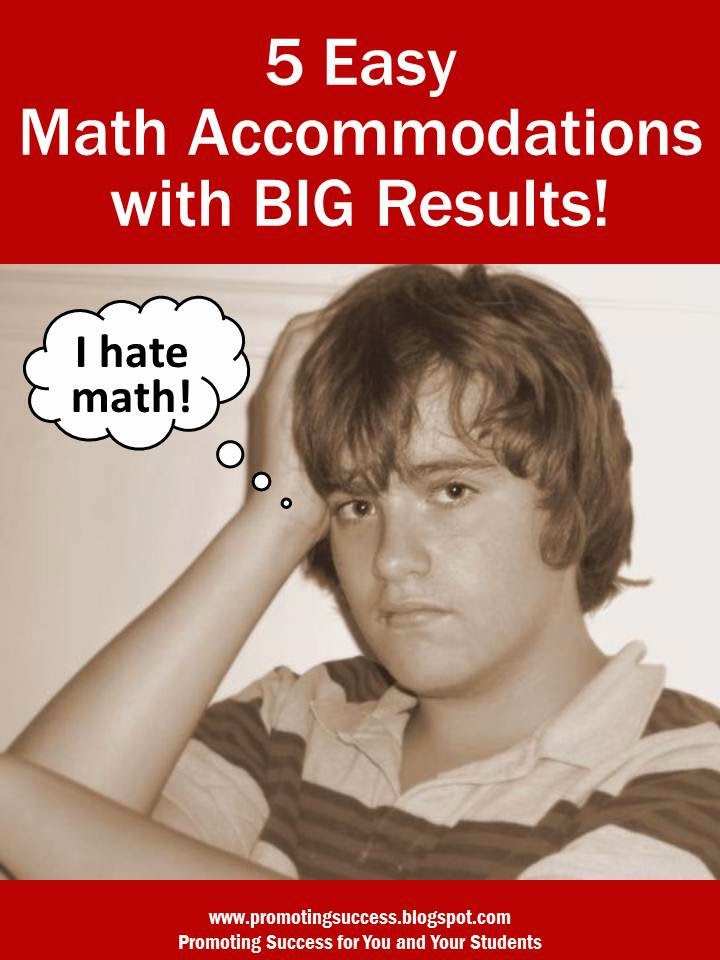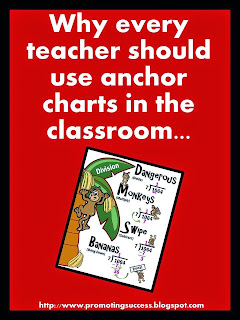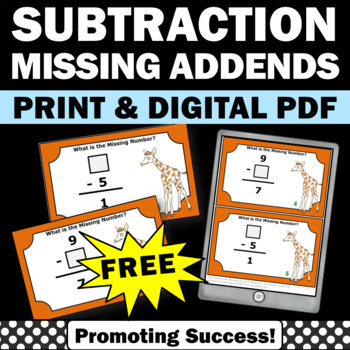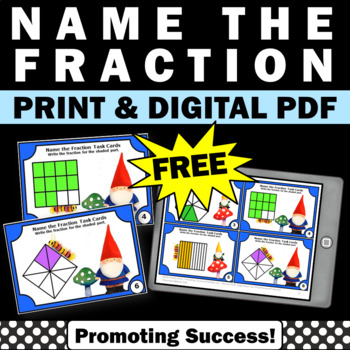First, it is important to define the difference between an accommodation and a modification. A modification is a change in the expectation or objective. An accommodation is a support or service that helps a student obtain the SAME expectation or objective. It is any change to a classroom environment or task that permits a student to participate in the learning process, to perform essential tasks or to benefit from classroom participation equal to other students.
Please note that accommodations are not just for
students identified with specialized educational needs.
Accommodations may be used at any time, for any concept, at any grade level and for any student. Sometimes accommodations may be the only thing that truly makes learning "fair".
A student may need an accommodation for one math concept but not for another. The key to knowing who needs an accommodation at what given time is through the use of formative assessments.
The goal of formative assessment is to monitor student learning to provide ongoing feedback that can be used by teachers to improve their teaching and by students to improve their learning. More specifically, formative assessments:
- Help students identify their strengths and weaknesses and target areas that need work.
- Help teachers recognize where students are struggling and address problems immediately.
If a child isn't making progress, it is imperitive that the teacher also looks into the mirror.
If a child cannot learn in the way we are teaching, then we must teach in a way the child can learn.
Click HERE to SUBSCRIBE to our V.I.P. exclusive newsletter
for SECRET SALES and FREE printables.
Note: This blog post contains resources from our
TpT store and our Amazon Associate store.
Click HERE to visit our TpT store with over 1400 printable resources, including 140+ free products.
Click HERE to visit our TpT store with over 1400 printable resources, including 140+ free products.
---------------------------------------------
As you implement these accommodations, remember that accommodations do not change the intended outcome or objective. They just create another path or road to get to the same destination.
Are you testing the students on math process
or on their memorization of math facts?
-----------------------------
- five and ten frames
- counting
- arrays
- part-part-whole models
- area models for multiplication and division
- fractions
- decimals
- lining up numbers for all operations
- skip counting
- even/odd numbers
- factors and multiples
- displaying data
- geometry
- and more!
-----------------------------
3. Number Lines
The number line is underutilized as a mathematical model that could be instrumental in fostering number sense and operational proficiency in students. Resent research suggests that number lines help students develop more in depth mental arithmetic because they are actively exploring mathematical meaning, number sense and number relationships.
The number line provides a model for explaining the four basic operations for all rational numbers. It is by nature a spatial object: a set of points one can pass through as a journey along a path (Ryan, 2007). Use of the number line allows the student to "situate themselves bodily and spatially in the mathematics in a powerful way (Lakoff and Nunez in Ryan, 2007).
Number lines are also a great strategy to help students visualize fraction concepts. On the number line, the whole is the unit interval, that is, the interval from 0 to 1, measured by length. Iterating this whole to the right, marks off the whole numbers, so that the intervals between consecutive whole numbers, from 0 to 1, 1 to 2, 2 to 3, etc., are all of the same length, as shown. Students might think of the number line as an infinite ruler.
Click HERE for more number line activities.
-----------------------------
4. Math Anchor Charts
Why use anchor charts in the classroom?
Anchor charts are ongoing documents that make concepts visual by showing content, strategies, processes and guidelines. They work well to build on previous concepts and allow students to make connections.They are a great scaffolding tool that may gradually removed as the process or concepts become anchored. Anchor charts may be used for whole groups, small groups or for individualize instructions.
Click HERE to see our other blog post about anchor charts, which includes a discussion about pre-made charts.
Anchor charts are ongoing documents that make concepts visual by showing content, strategies, processes and guidelines. They work well to build on previous concepts and allow students to make connections.They are a great scaffolding tool that may gradually removed as the process or concepts become anchored. Anchor charts may be used for whole groups, small groups or for individualize instructions.
Click HERE to see our other blog post about anchor charts, which includes a discussion about pre-made charts.
Place Value Anchor Charts
Place value is an essential beginning math concept; yet, it can be very difficult for students to master. The value of each digit in a number depends on its place or position.
Place value charts and counters are used to represent numbers and to develop and extend an understanding of the place value system. Place value charts, where it is the position of the counters on the chart that determines their values, are a transition step from base ten blocks, where placement is helpful to interpreting the number but does not affect the value.

5. Chunking of Problems
This refers to the breaking down of assignments, worksheets or projects into smaller sections:
1. Cut the worksheet apart and give students a couple problems at a time.
2. Place the pieces in a Ziploc bag with "TO DO" written on it. Provide an empty bag with the word, "COMPLETED" You will be amazed at how motivating this can be for some students.
3. Tear pages from workbooks and materials to make them less overwhelming.
4. Require students to do only odd numbered problems, or star only the problems that will demonstrate understanding of the concept.
5. Cover sections of a worksheet or assignment with a blank sheet of paper.
6. "Windows" (squares cut out of paper) may be used for math problems.
Keep in mind when you are making worksheets, quizzes or tests as to how they visually appear.
- Are they easy to follow?
- Too busy?
- What is the size of the font?
- Are there too many questions on one page?
Don't foget that chunking may be extremely successful for tests. Cutting apart a test and allowing a student to complete each section can be a game changer. For a student with test-taking anxiety, just seeing the lengthy exam can shut them down. Remember, the goal of a test is to determine whether or not students have mastered the skills. I once worked with a teacher (years ago) who gave hand-written cursives tests. His handwriting was not legible to many adults. It's no wonder several students struggled. Was the teacher testing concepts or the ability to decipher the words on the page? Granted this may seem like an extreme example, but for some students, a test page full of "busy" words and graphics may just as well be written in sloppy cursive. The confusion is the same.
Task cards are a great alternative to worksheets.
If students understand the concepts, do they really need to do 50 problems on a worksheet? Instead, give students five task cards as a brief formative assessment. If the student completes the task cards with success and shows mastery of the skill, is there really any point in requiring the student to complete multiple problems of the same skill?
Click HERE for over 50 FREE task card sets to try with your students.
Free Subtraction Math Task Cards
-------------------------------
You may also like this resource from our TpT storefor more accommoation and modifications for all subject areas:
By individualizing accommodations and being flexible in their provision for all students, you will enhancing all students' strengths and minimizing their deficits.
This will indeed promote success for your students!
--------------------------------
Click HERE to view our Teachers Pay Teachers Promoting Success store.
Click HERE to SUBSCRIBE to our newsletter for SECRET SALES and FREE printables.
Click HERE to follow us on Instagram.
Click HERE to follow us on Pinterest.
-----------------------------------------------------------------
Shelly Anton is a participant in the Amazon Services LLC Associates Program, an affiliate advertising program designed to provide a means for sites to earn advertising fees by advertising and linking to Amazon.com. ** This means there are Amazon affiliate links in these blog posts. This does not mean you pay a dime more when you purchase a product through the link. It just means I am trying to save you valuable teacher time by making it easier for you to find great resources for your students, and I earn a few cents for my research and time. Thank you for all you do for kids!
You may also like these resources from our Amazon Associate store:
This placemat would work well on a student's desk or in a math center or station.
































